
Ostrvo Sveti Đorđe (Island of Saint George), a natural island off Perast. (1042k)
I visited several towns in Montenegro. Following are the descriptions of these towns. The most impressive ones where the Old Towns of Kotor and Budva.
The fortified city of Kotor is part of the Venetian Works of Defence between the 16th and 17th Centuries, a UNESCO World Heritage Site.
Kotor and Risan are part of Natural and Culturo-Historical Region of Kotor, a UNESCO World Heritage Site.
All pictures are © Dr. Günther Eichhorn, unless otherwise noted.


From the Kotor entry in Wikipedia:
Kotor is a coastal town in Montenegro. It is located in a secluded part of the Bay of Kotor. The city has a population of 13,510 and is the administrative center of Kotor Municipality.
The old Mediterranean port of Kotor is surrounded by fortifications built during the Venetian period. It is located on the Bay of Kotor (Boka Kotorska), one of the most indented parts of the Adriatic Sea. Some have called it the southernmost fjord in Europe, but it is a ria, a submerged river canyon. Together with the nearly overhanging limestone cliffs of Orjen and Lovćen, Kotor and its surrounding area form an impressive landscape.





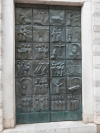





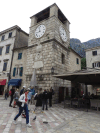



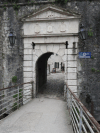


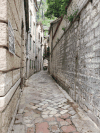
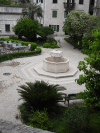

From the Risan entry in Wikipedia:
The earliest mention of Rhizon dates back to the 4th century BCE, as the main fortress in the Illyrian state where Queen Teuta took refuge during the Illyrian Wars. The degree of Hellenization at Rhizon was very high. In Roman times, Rhizinium is documented as an oppidum civium Romanorum, and the most prosperous time for Roman Rhizinium came during the 1st and 2nd centuries, when huge villas were made in the area and the city had 10,000 inhabitants. Five mosaics are the most valuable remains of that period - not only for Risan but also for Montenegro.
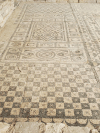





Cetinje is the former royal capital of Montenegro and is the location of several national institutions, including the official residence of the president of Montenegro. Cetinje was founded in the 15th century and became a cradle of the culture of Montenegro.
The Cetinje Monastery is a monastery of the Serbian Orthodox Church in Montenegro. It is located in Cetinje and is the seat of the Metropolitanate of Montenegro. A center of historical and cultural importance, it was founded c. 1484 by Prince Ivan Crnojević of Zeta, and designated as the cathedral monastery of the Eparchy of Zeta. It was devastated in 1692, during the Morean War, and rebuilt between 1701 and 1704 by Metropolitan Danilo Petrović-Njegoš on the site of the former court of Ivan Crnojević.





Budva is 2,500 years old, which makes it one of the oldest settlements on the Adriatic coast. Extensive archaeological evidence places Budva among the oldest urban settlements of the Adriatic coast. Substantial documentary evidence provides historical references dating back to the 5th century BCE. It is known for its well-preserved medieval walled city.


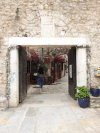
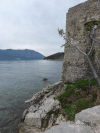



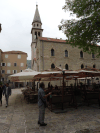




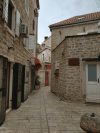
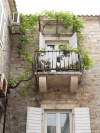





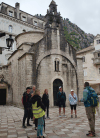
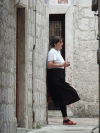


This page contains 57 pictures

Main page for Црна Гора, Crna Gora (Montenegro)
Page last updated on Sun Jun 5 14:18:26 2022 (Mountain Standard Time)
People in Montenegro on iac35.guenther-eichhorn.com